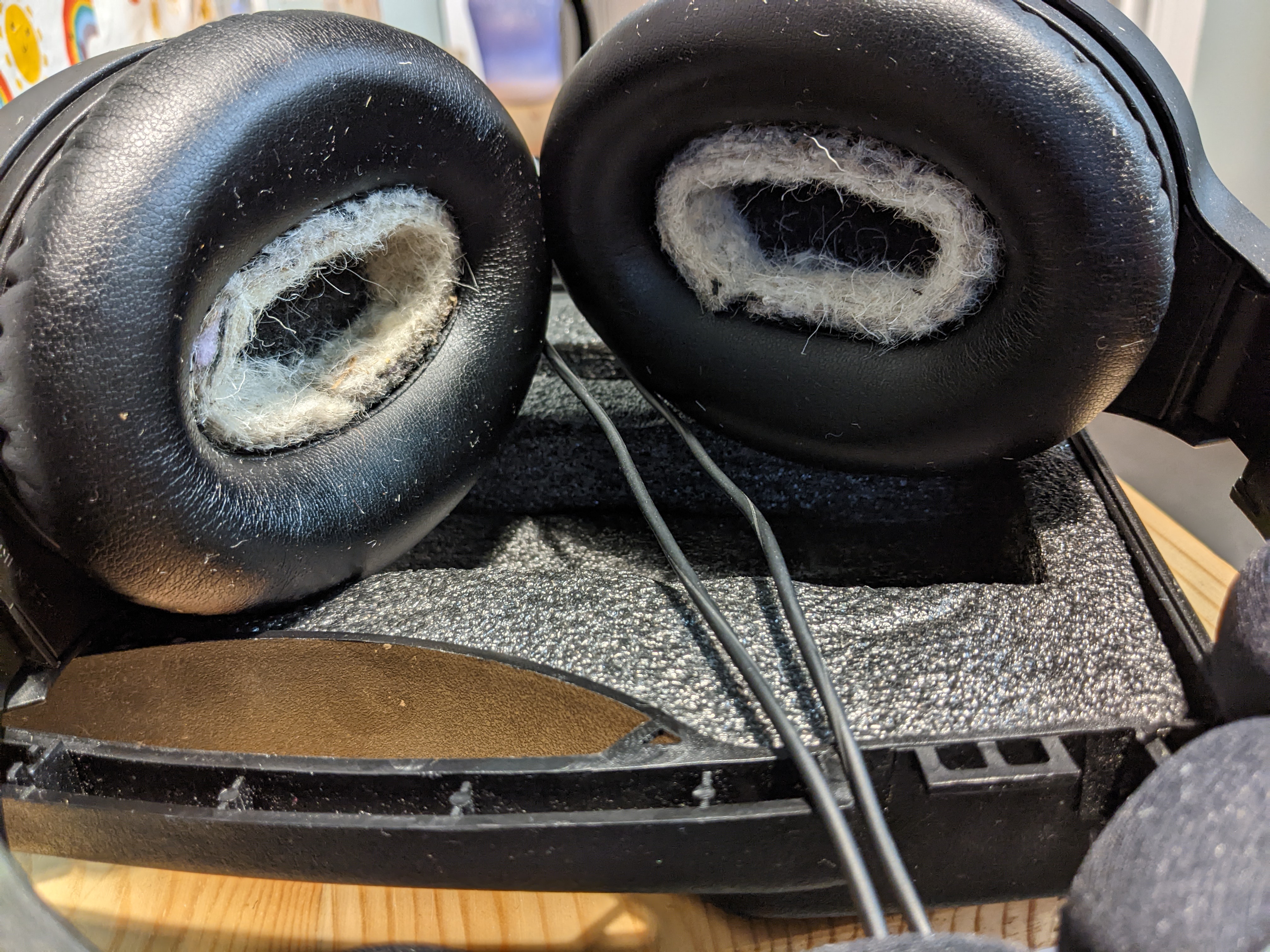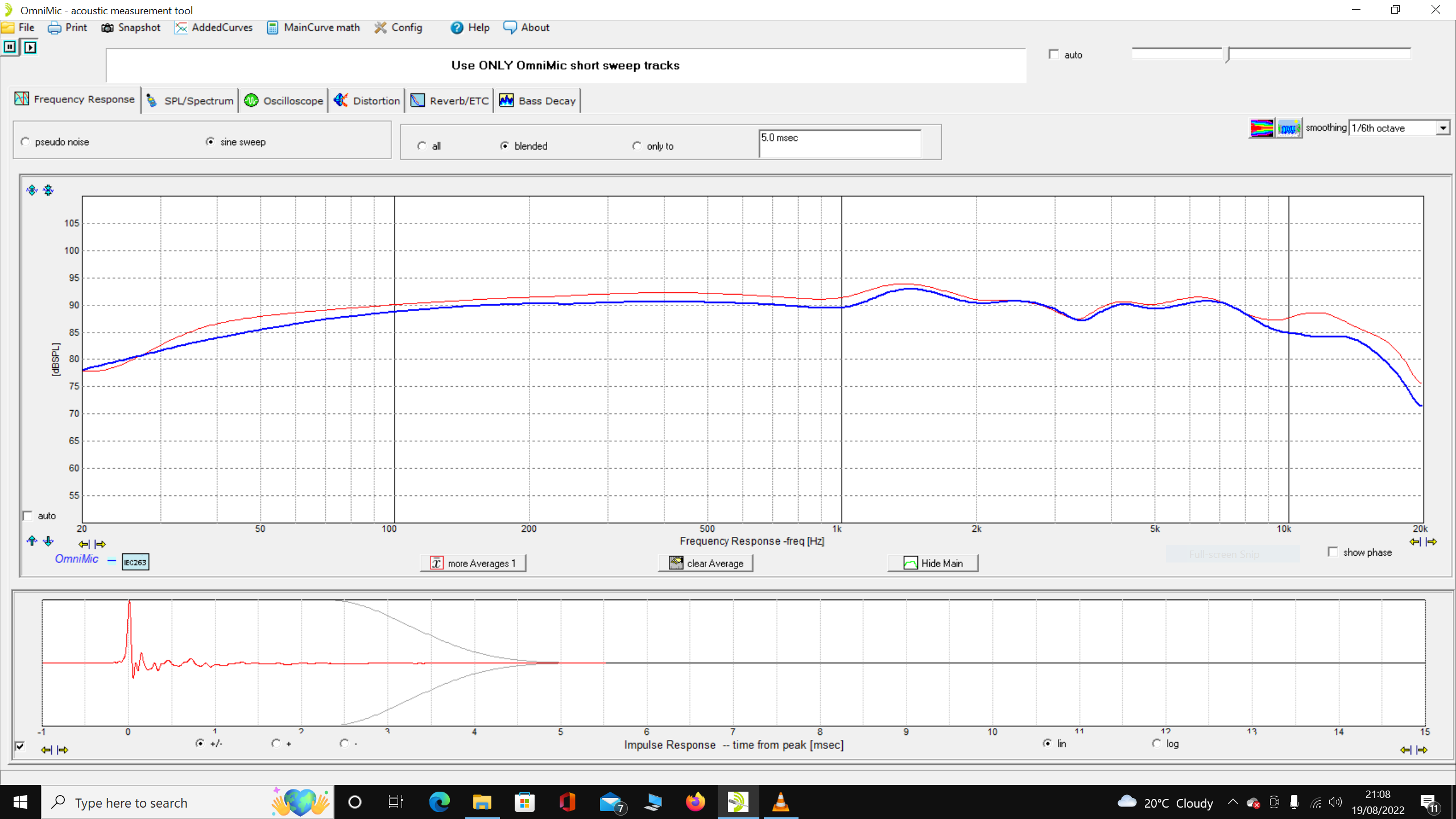Fatmarley
"It appears my intelligence circuits have melted"
I bought some cheap Sennheiser HD535 off eBay for £20, replaced the pads for a pair of Premium ear pads (also off ebay)
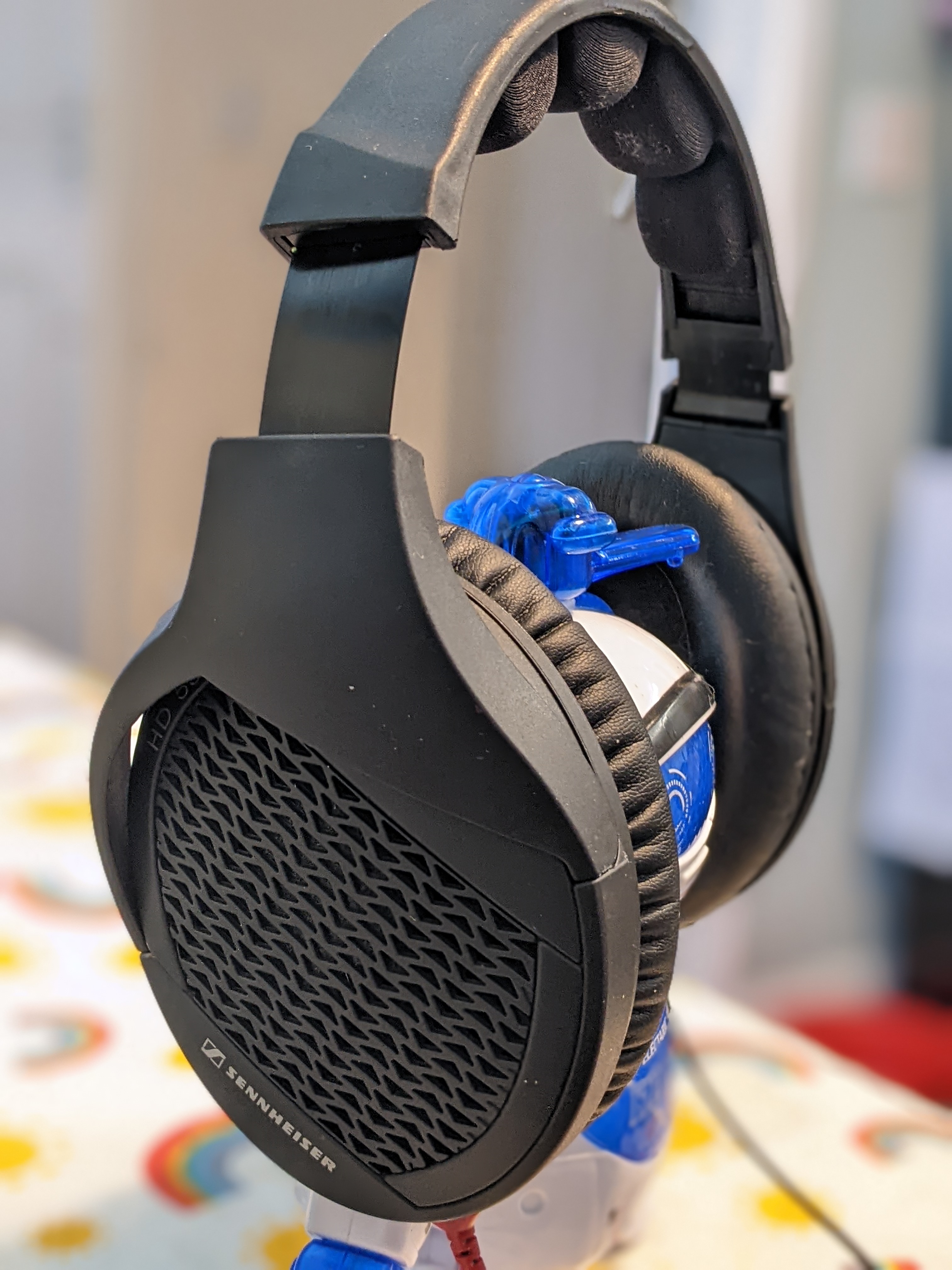
Plugged them in to my S.M.S.L sAp II headphone amp, and was quite disappointed, they have a shouty upper midrange and the treble is very OTT. This is compared to my Sennheiser PX100 II.
I don't have a proper headphone measuring rig, but I knew the problem was around 2khz for the shouty upper mids, so I took a measurement by holding the microphone against the middle of the driver to see if it would reveal anything.
This is the Harman curve, and is supposedly what most people prefer.
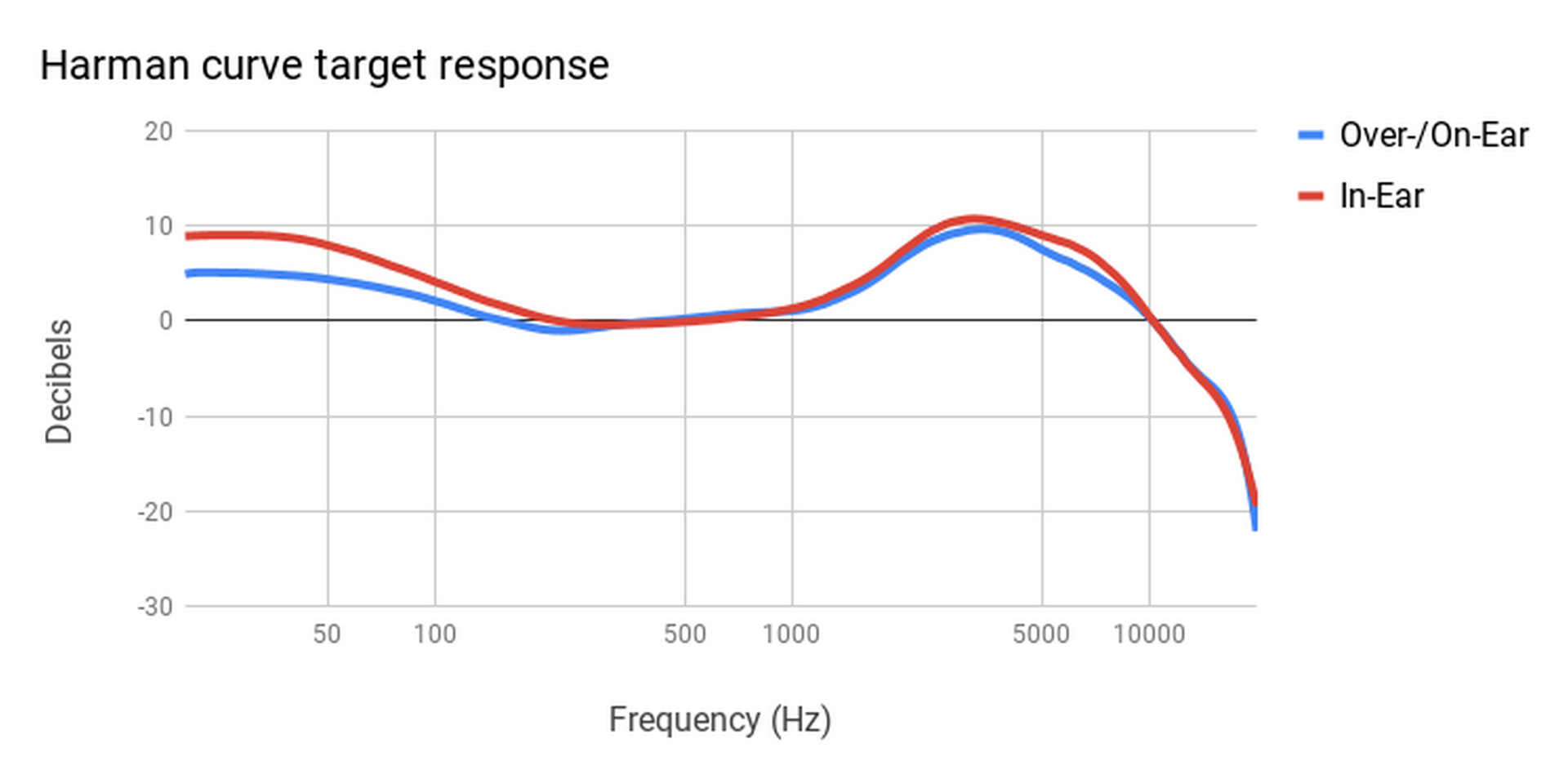
And this is what I got with my rather unprofessional measurement.
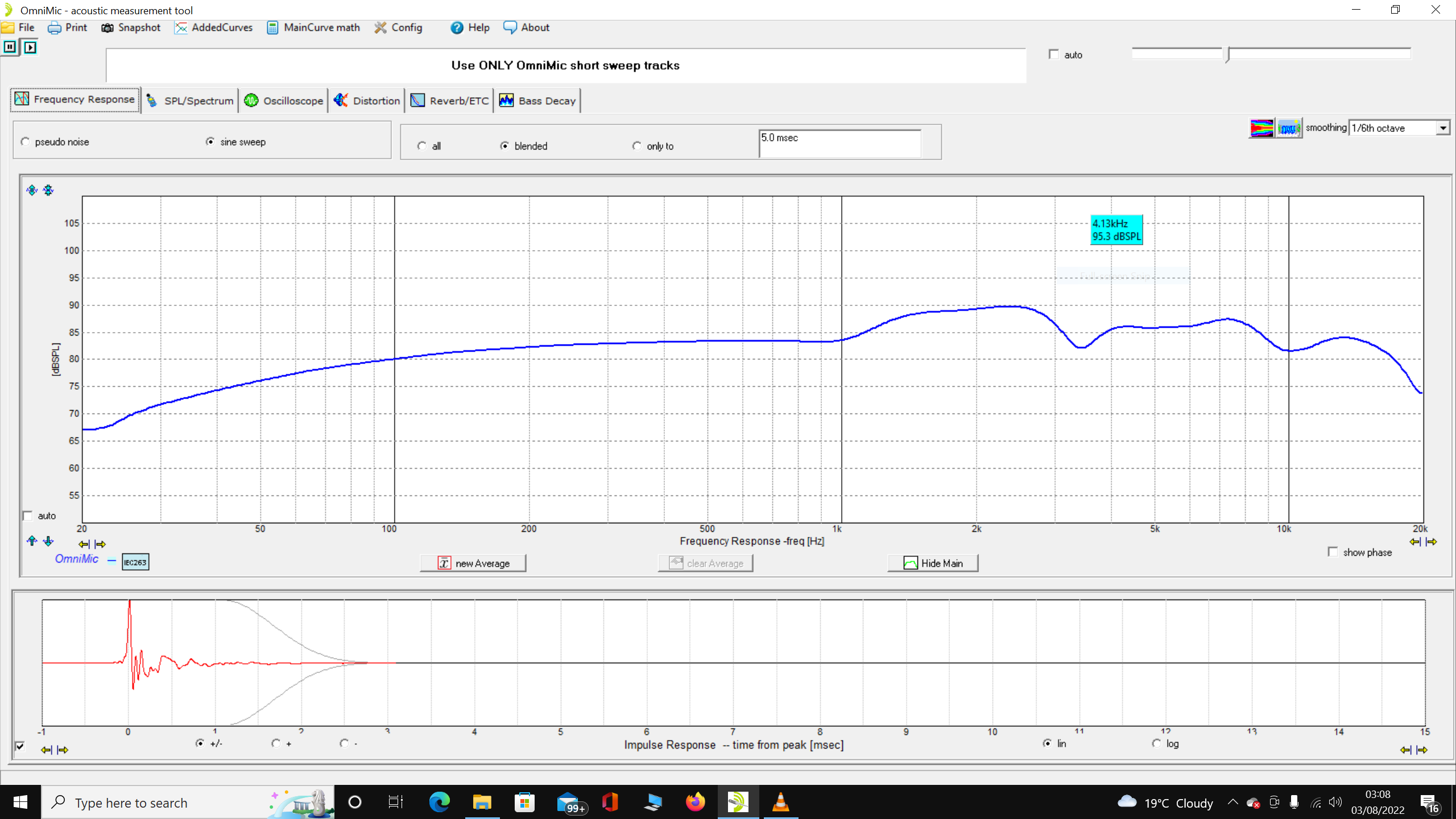
It looks like it roughly follows the Harman curve at the highest frequencies, but sounds bad IMO. I've heard that some people don't like the Harman curve, because it has too much bass, and a shouty upper mid, and I can see why. I'd imagine you'd need a tight seal to get accurate low frequency measurements, but luckily that's not where the problem is.
I put the measurement into LspCAD and designed a low pass filter to drop the highs, followed by a notch filter to remove the 1 to 3khz shouty upper midrange.
Here's the before and after measurement. Red is obviously the standard headphones and blue is with the filter:
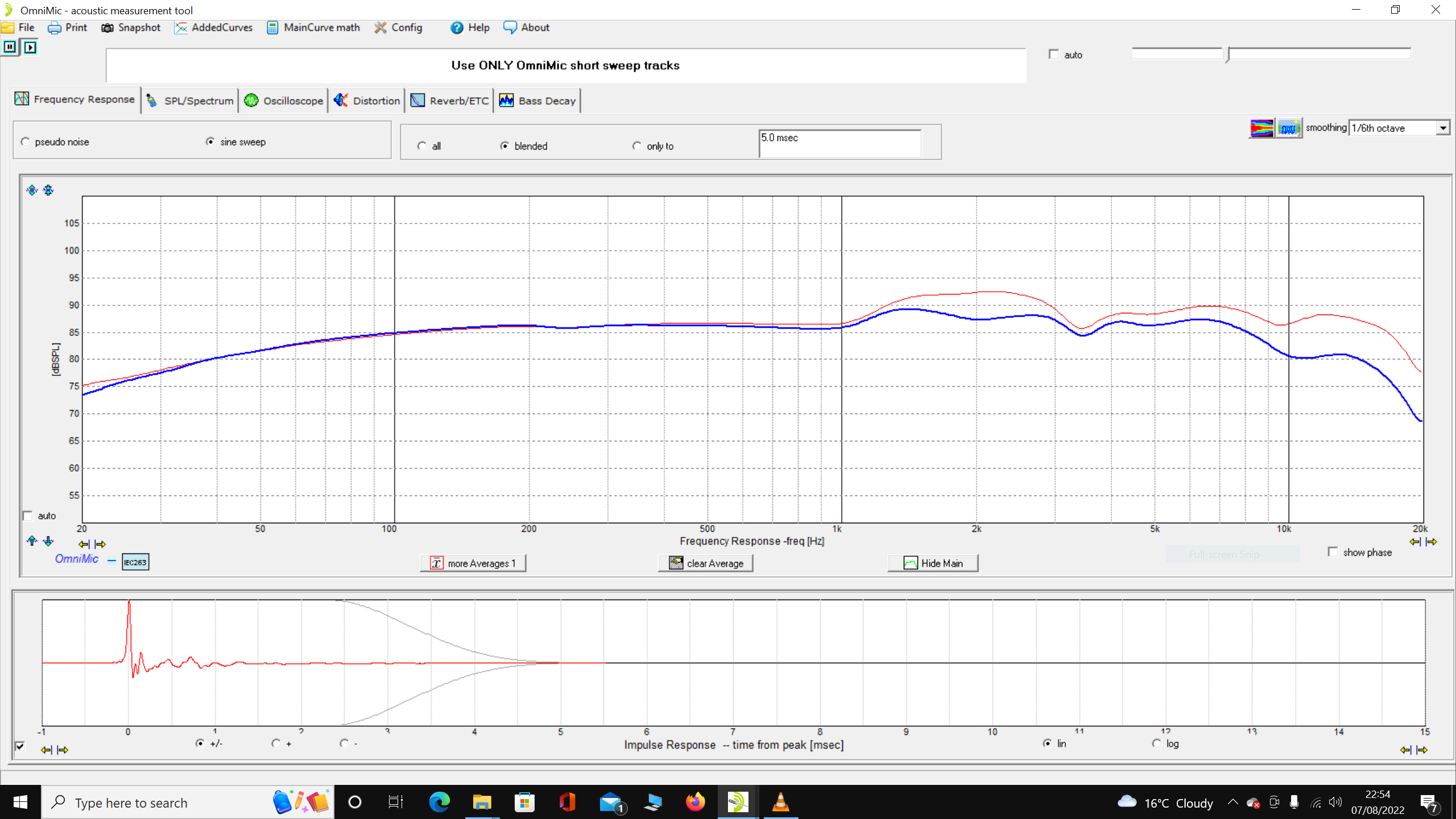
To my ears they sound better than the PX100 II, and interestingly, I sold my Sennheiser HD650 because I was enjoying my PX100 II more (It may well of been worn pads that was the problem with the HD650s though)
After living with the upgraded HD535, the PX100 II sound thick and boomy in the lower frequencies, and have less clarity in the upper end.
Here's the circuit diagram:
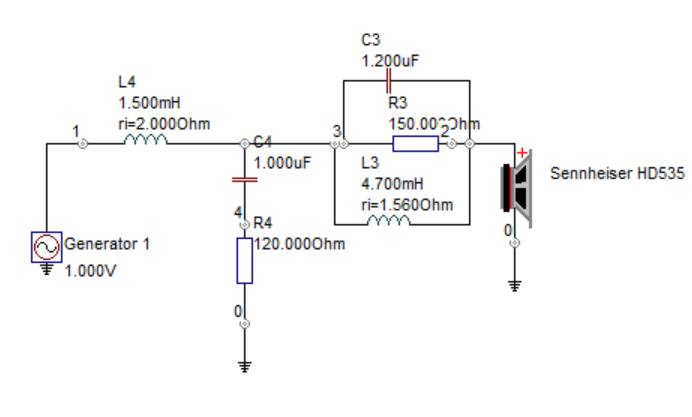
And here's the filter. It's a bit of a mess because I tried quite a lot of circuits before settling on this. My model in LspCAD didn't match the actual frequency response, so it took a few attempts to get it right.
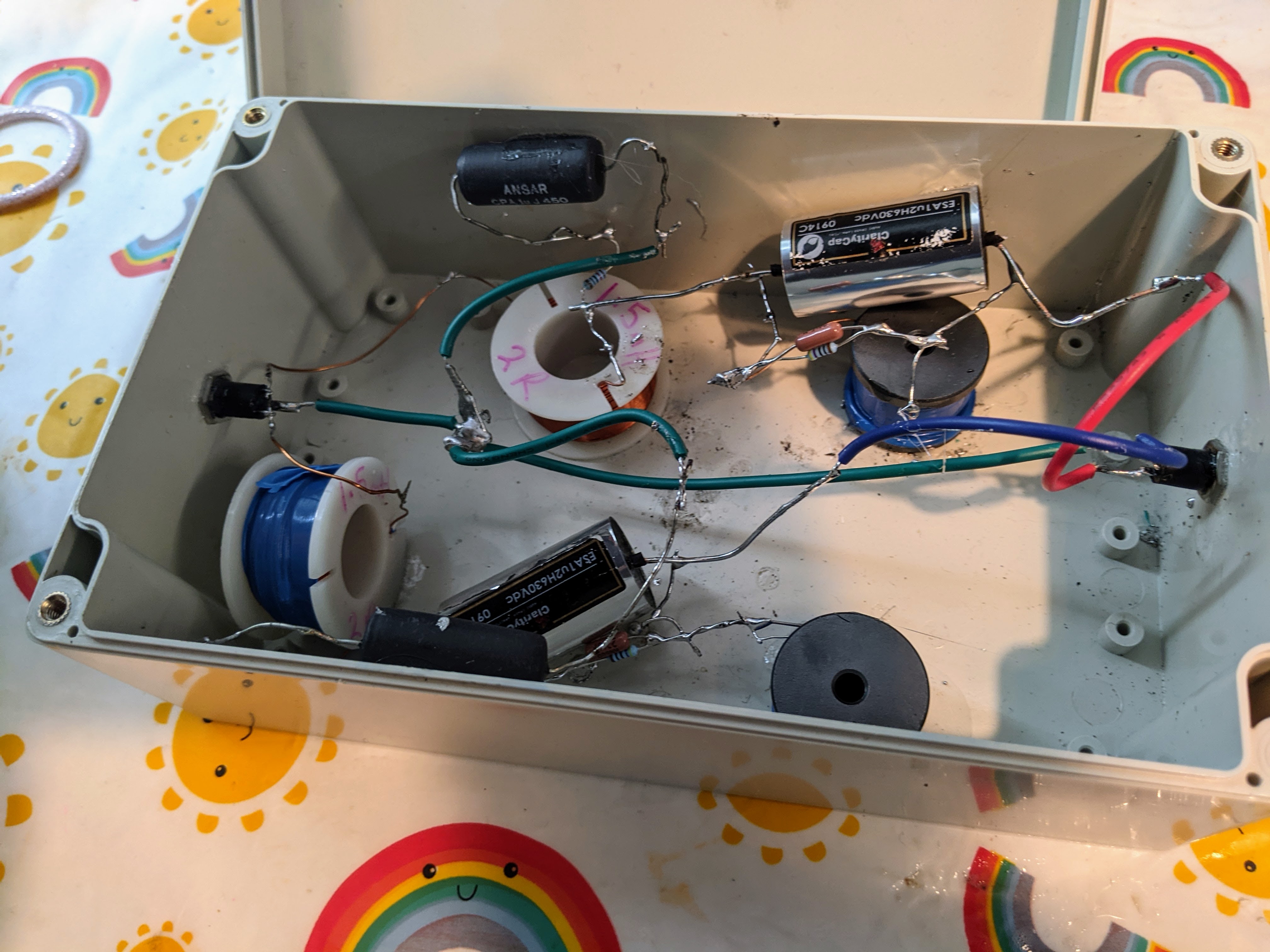
I can give a parts list if anyone's interested?


Plugged them in to my S.M.S.L sAp II headphone amp, and was quite disappointed, they have a shouty upper midrange and the treble is very OTT. This is compared to my Sennheiser PX100 II.
I don't have a proper headphone measuring rig, but I knew the problem was around 2khz for the shouty upper mids, so I took a measurement by holding the microphone against the middle of the driver to see if it would reveal anything.
This is the Harman curve, and is supposedly what most people prefer.

And this is what I got with my rather unprofessional measurement.

It looks like it roughly follows the Harman curve at the highest frequencies, but sounds bad IMO. I've heard that some people don't like the Harman curve, because it has too much bass, and a shouty upper mid, and I can see why. I'd imagine you'd need a tight seal to get accurate low frequency measurements, but luckily that's not where the problem is.
I put the measurement into LspCAD and designed a low pass filter to drop the highs, followed by a notch filter to remove the 1 to 3khz shouty upper midrange.
Here's the before and after measurement. Red is obviously the standard headphones and blue is with the filter:

To my ears they sound better than the PX100 II, and interestingly, I sold my Sennheiser HD650 because I was enjoying my PX100 II more (It may well of been worn pads that was the problem with the HD650s though)
After living with the upgraded HD535, the PX100 II sound thick and boomy in the lower frequencies, and have less clarity in the upper end.
Here's the circuit diagram:

And here's the filter. It's a bit of a mess because I tried quite a lot of circuits before settling on this. My model in LspCAD didn't match the actual frequency response, so it took a few attempts to get it right.

I can give a parts list if anyone's interested?

This site contains affiliate links for which pink fish media may be compensated.


